Have you ever wondered how mushrooms grow? A Maltese company, sharing its founder’s love for fungi, is delighting kids and grown-ups with the experience of growing their own mushrooms in the comfort of their home.
Continue readingScrambled, Messy, andSquashed: The Cell’s Skeleton and a Toxin
I, in the Sky
Author: Andrea Francesca Bellia
This summer, I was fortunate to experience the rigorous process of academic research and publishing. Under the supervision of Dr Sandro Lanfranco, I examined the efficiency of using a drone to obtain large-scale vegetation maps, which resulted in a paper in the journal Xjenza Online. The study shows how influential technology has become, even in traditionally ‘low-tech’ fields like ecology.
Continue readingBusting out of the box
Aesthetic physician and artistic consultant Dr Joanna Delia traces her journey from medical student to successful business owner, telling Teodor Reljić that her experience at the University of Malta helped her resist excessive industry specialisation.
Modern life is rigidly compartmentalised. Perhaps this is more true of the West than anywhere else, where the materialist, rationalist models that have aided efficiency and technological advancement also require us to absorb vast amounts of knowledge early on, and specialise later.
Many educational systems reflect this tendency and the Maltese model is no exception. From a very young age, exams come in thick and fast, and cramming to pass them replaces a more holistic education.
Dr Joanna Delia is not a fan of the word ‘holistic’—preferring the term ‘polyhedral’ for reasons that will be explained later—and has enjoyed a career trajectory that has flouted excessive specialisation. A doctor turned aesthetic physician with an interest in the world of contemporary art, Delia’s journey is an affront to such restrictive notions.

While she assures me that her own time at the University of Malta (UM) was nothing short of amazing, in recounting the roots of her intellectual curiosity, she is compelled to go even further back.
‘Like every excited little girl, my dreams used to alternate and metamorph somewhere between wanting to be a writer like Emily Brontë or Virginia Woolf and a scientist who would make incredible discoveries and change the world like Marie Curie,’ Delia recalls. ‘I also wanted to be a doctor who would cure people in war-torn countries, yet fantasised about being Alma Mahler or a young Chanel surrounded by philosophers, drenched in fine clothes and surrounded by white rose bouquets…’
Delia recounts this awareness that we’re shaped to view these inclinations as contradictory. But for her, the intuitive desire to learn about and closely observe scientific phenomena matched the heights of aesthetic appreciation.
Vella’s own student enthusiasm did not come as immediately as all that, however. While she is now secure in her three-pronged role as writer, performer, and translator (also acknowledging her former role as a lecturer), forging an early path as a student meant first squinting through the fog.
‘I just loved learning the science subjects… figuring out protein synthesis and DNA replication literally made me feel giddy, light headed, downright euphoric! I was a real geek,’ Delia says with disarming self-deprecation. ‘To me, it was just the same as reading an incredible work of literature or staring at a work of contemporary art alone in one of the silent, perfectly lit halls of a museum.’
Given this internal push-pull across various disciplines, Delia confesses that in terms of pursuing the later strands of her formal education, she ‘floated into medical school’ without feeling the need to strategise things much further. It was only upon graduation that the realities of being slotted into a specialised discipline dawned on her with an ominous pall.
‘The day I graduated I felt a suffocating feeling: the thought that I had somehow sealed my fate,’ Delia says, though the sense of regret which followed did not linger for much longer.
‘Looking at one’s future through a tunnel vision perspective based on the imaginary restrictions of one’s degree is just that a self-imposed illusion,’ Delia observes.
Her University years were active and inspiring, with Delia having happily taken on extra-curricular activities and also quietly rebelled against the notion of boxed-in specialised disciplines.
University and beyond
‘University was amazing! I would repeat those years ten times over,’ Delia unapologetically enthuses. Though she does acknowledge that the Medicine course was challenging to begin with—citing the ‘competition among students’ as an additional factor—she looks back on both her time there, and her association with the UM’s Medical School, with immense pride.
‘My lecturers were charismatic and experts in their field, which of course garners respect and made us feel honoured to be part of that system,’ Delia says, while also recalling her involvement in additional campus activities.
‘I was the chair of the environmental committee at KSU and served two terms as the Officer for the Sub-Committee on Refugees and Peace within MMSA. I loved my time on campus, and encourage all students to participate in campus affairs. We never stopped organising fairs, events, fundraisers, workshops, and outreach programmes with the community…’

Hinting at an essential discomfort with the idea of overbearing specialisation, Delia believes ‘the Maltese education system does not proactively encourage sharing knowledge’, but also notes that she did find hope, solidarity, and inspiration among her peers, from various faculties.’ I socialised with students from the architecture department, and attended their workshop parties. I was invited to history of art lectures and tours. I organised panel discussions to reduce car [use] on campus and lobby for [a] paperless [campus],’ Delia says. All these activities contributed to ‘a feeling of a hopeful future’.
Adjacent to Delia’s academic efforts were her course-related travels abroad, which contributed to expanding her horizons. ‘I did internships in Rio De Janeiro and travelled to India and Nepal through the Malta Medical Students’ Association (MMSA), both of which were incredible experiences.’ During this time, she gained a keener interest in art.
‘My sister was studying history of art and eventually read for a Ph.D. in Museology. I followed her as closely as I could; her subjects fascinated me and a lot of her excitement about art rubbed off on me…’
But first, her early medical career needed seeing to. Delia admits that medical students in Malta are somewhat privileged since they enjoy a relatively smooth changeover from academic to professional life. However, the change happens very rapidly.
‘Young doctors in Malta have the advantage of an almost flawless transition into a job. This also turns out to be the toughest time in your life, but at least there there is a continuity of support at the start of your profession,’ Delia says, citing the diligence and discipline instilled into her and her peers by their University tutors and lecturers. This rigour was crucial to ensure that those early years went on as smoothly as possible.
Pausing to reflect, Delia feels compelled to add that a culture that leaves more breathing room for exploration and enquiry could only be beneficial for the future of Maltese medicine. ‘I wish we had a stronger culture of research and publication in Malta. We need to somehow find time for it as it will not only improve the reputation of the institution but also nurture us as students, alumni, and professionals, and keep us on our toes,’ Delia says, adding that these ideas reflect the same culture of hard work that her course promoted, which rewards diligence and depth. ‘I believe in constantly keeping astride with knowledge by reading publications and actively pursuing ‘continued medical education’. I wish that the institution instilled more of this into its alumni,’ Delia muses.
This approach of constant enquiry arguably gave Delia a fount of knowledge and inspiration to draw from when she found herself at a forking road in her medical career.
Expanding horizons
”After a few years of working at the general hospital, I was lucky enough to be chosen to pursue some level of surgical training, but by that point I had realised that the life of a surgeon was not for me…’
This was an ‘extremely tough decision’, with regret once again raising its ugly head. ‘However, the 80-hour weeks, and above all the realisation that my professional life would be all about facing and treating ill and dying people, forced me to make a decision to leave the hospital,’ Delia says.
This pushed Delia to explore other careers, and she now juggles her love of both medicine and aesthetics in a sustainable way.
‘After I stopped working as a hospital doctor, there were too many things I was hungry to explore – one of them was medical aesthetics. I started pursuing training in London and Paris, and essentially spent years of salary training with the best doctors I could find.’

After working at a reputable local clinic, Delia finally managed to go at it independently, opening up her own place.
‘It was nothing short of a dream come true. I had to search hard within myself and build up entrepreneurial and management skills. I learnt the hard way sometimes, business-wise, but I was also fortunate to find help from my friends who excel in other fields like marketing, photography and architecture, to help me build my brand and clinic,’ Delia recalls.
In the end, her resistance to rigid specialisation helped her to open a thriving business called Med-Aesthetic Clinic People & Skin. She couples this work to her position as head of the Advisory Board at the newly-opened Valletta Contemporary, a boutique showcase for local and international contemporary art run by artist and architect Norbert Francis Attard.
Which brings her story back to a ‘polyhedral’ conception of the world.
‘I believe everything in life is polyhedral. I prefer polyhedral to ‘holistic’. Every square, or rather, every cube we think we’re trapped in, can be pushed out and reconfigured to welcome other disciplines. I don’t believe any of us purposely split the two fields, but I believe we don’t allocate enough time to explore all the wonders we could discover if we used both their lenses to analyse the world. After all, even Einstein believed that the most important thing in science is creativity…’
Saving the Maltese freshwater crab from extinction
Author: Clayton Sammut

A considerable amount of endemic species inhabit the Maltese Islands. The Maltese freshwater crab (Qabru in Maltese) is one of them. In the 50s, the invertebrate was so abundant that freshwater crab soup was a common Maltese delicacy. And up until Malta adopted the Euro, it graced the Maltese five cent coin. The Maltese freshwater crab is unique to our heritage, but it is now threatened with extinction.
Under the supervision of Dr Adriana Vella and the University of Malta’s conservation research group, I used various population and biological parameters to analyse the data and produce conservation recommendations.
To estimate the crab population size and density, I used two techniques known as the capture–recapture method and distance sampling in a number of repeated surveys in different sites throughout the dry (August to mid-September) and wet season (October to January). I then measured the crabs to determine their life stage and sex. This revealed more information about the reproductive population size and recruitment at each study site.
What we found was that there was an imbalance in the number of female to male breeding adults, which resulted in a small amount of offspring. This means the population cannot sustain itself, putting the species in grave danger.
Beyond health and numbers, we also directed attention to the crabs’ natural habitat. We wanted to find out whether hydrological and chemical parameters, such as water depth and water acidity, are also having an impact. As it happens, the freshwater crab’s population density is affected significantly by a water stream’s depth, width, velocity, and acidity (pH). We also found that specific sites and seasons also had an impact.
Direct water extraction, excessive use of fertilisers, and water stream channelisation are creating severe drought that suffocates the crabs during summer. So much so that adult male crabs were seen preying on their own juvenile crabs.
Looking at the rapid decline of watercourses around the Maltese Islands throughout the years, and the abuse that goes ignored and unchecked, the freshwater crab will not have a future unless we act immediately.

There are three things that we can do to undo some damage. We can fund research to determine if a reintroduction programme would work in sites which previously hosted the crab. We can also create new engineered habitats which can host the crab and bolster the population. Finally, the highly diverse habitats that are now hosting the crab can be turned into protected nature reserves. The nature reserves could engage citizens with Maltese organisms. If run as a social enterprise, it could generate funds to support important research. Protecting the animals that call our islands home is our duty as responsible citizens, but it goes beyond that. Protecting them means protecting our surroundings, our home, from a path that severs us from our roots. Protecting them is protecting ourselves.
Redesigned hip joints need a simulator
People are living longer than ever. But a long life has its price. With age come more diseases and health issues, such as hip problems that can limit a person’s mobility.
Hip replacement procedures have become common, although implants have a lifespan too. It might happen that a hip replacement you get at 60 needs to be replaced at 75. This is not the ideal scenario.
To minimise these cases, researchers are testing new materials and designs to prolong prostheses’ lifespans. These potential solutions need to be tested, but each test costs tens of thousands of euro. Enter, the University of Malta’s hip joint simulator.

The hip joint simulator is a machine that replicates the joint movements and loads imposed on the human hip. To do so, the simulator uses three stainless steel frames, each of which can be controlled independently using motors. These motors act as the ‘muscles’ of the hip, programmed to replicate the walking cycle during testing.
When it comes to simulating load and forces, a mechanism can load the implants with weights of up to 300kg in a fraction of a second. This emulates what happens while walking, when the weight of the body rests on one leg due to the body’s shift in the centre of gravity. While running, inertial forces can cause the hip to sometimes take five times a person’s body weight.
Finally, to simulate the environment inside the human body, researchers use a specialised solution that mimics the bodily fluids surrounding the hip joint. They even warm the fluid to imitate body temperature.
The hip joint simulator forms part of the MaltaHip project that intends to radically redesign hip implants to give them the longer lifespan patients want and need. Watch this space for more.
The MALTAHIP project is funded by the Malta Council for Science and Technology through FUSION: The R&I Technology Development Programme 2016 (R&I-2015-023T).
What’s lurking on your lunch?
In our modern, fast-paced lives, more of us are turning to convenient ready-to-eat meals. But with short shelf lives and high demand, food safety tests just aren’t quick enough anymore. Dr Sholeem Griffin tells Becky Catrin Jones how an innovative collaboration between microbiology and computing is tackling this challenge.
Continue readingAnalysing the building blocks
Gene sequencing for disease treatment
A staggering amount of diseases can be traced back to a genetic cause. Dr Rosienne Farrugia talks to THINK about her team’s efforts to use genome sequencing to eventually secure timely treatment for some very serious conditions.
Continue readingAspirin and Cancer
Aspirin is often considered a wonder drug due to its versatile use in treating inflammation, reducing pain, and helping to prevent heart-related disease. However, there is more to it. Aspirin is actually cancer-preventive. Studies have shown that a daily low dose of aspirin, medically prescribed for more than five years, lowers the risk of cancer-related deaths by at least 30%. So, should we all start taking aspirin on a daily basis to lower our chances of getting cancer?
No, not exactly. This is because many aspects of aspirin’s cancer-preventive effects are still poorly understood. Particularly, researchers have not yet pinpointed what enables aspirin to selectively kill early-stage cancer cells and not healthy cells. This is the scope of the research currently being carried out at the Yeast Molecular Biology and Biotechnology Laboratory (headed by Prof. Rena Balzan).
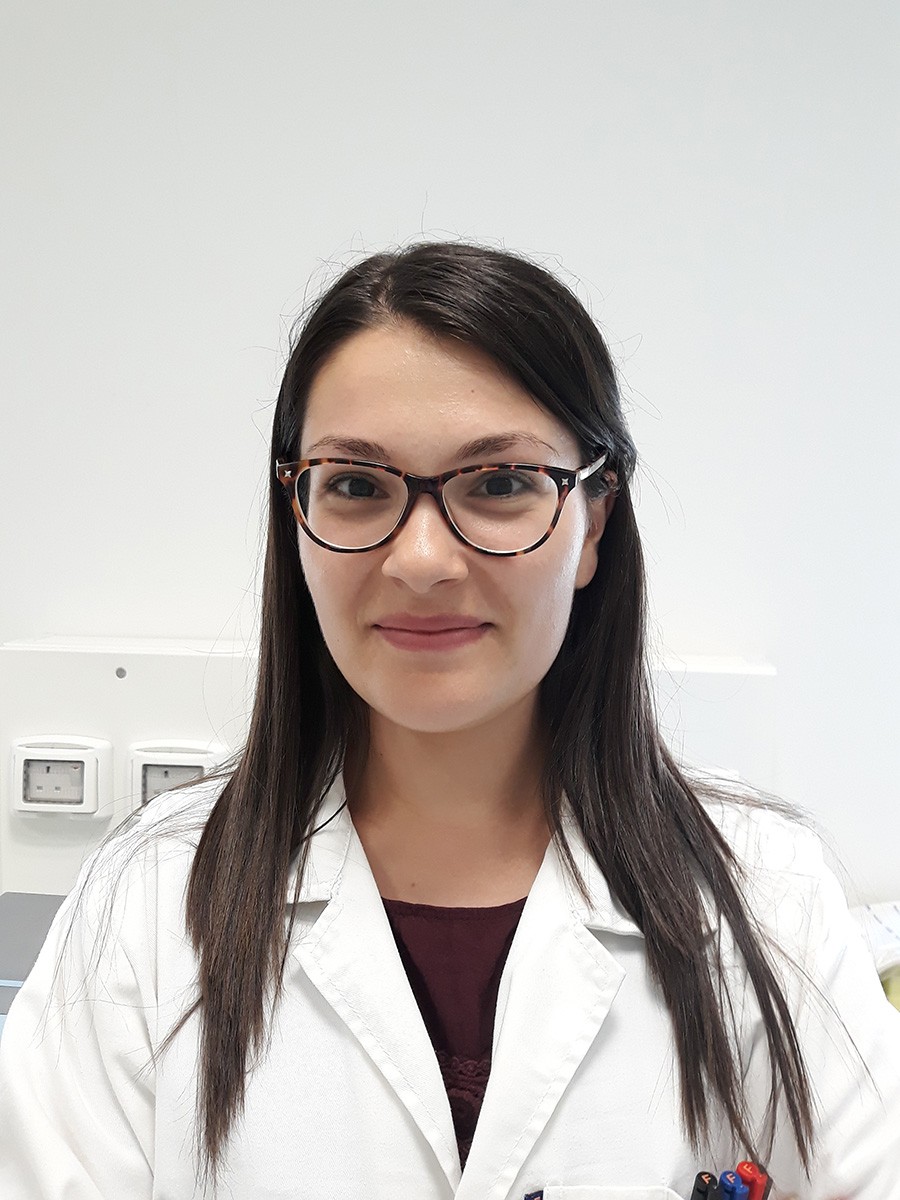
The secret behind aspirin’s tendency to kill certain cells but not others seems to lie in the physiology of the exposed cells. Aspirin exploits the natural differences between healthy and cancerous cells to eliminate malignant cells before they can take over.
Oxygen, if transformed into ‘Reactive Oxygen Species’, is known to cause DNA mutations that can lead to cancer. Through this research, we studied mutated yeast cells which are a relevant model of early-stage cancer cells due to their low tolerance to oxygen-associated stress. We then identified genes in these mutant yeasts which are affected by aspirin.
One of aspirin’s targets is a key metabolite required for the production of energy-rich compounds vital for cell survival. We found that aspirin creates a shortage of this metabolite in mutated yeast cells, causing them to run out of energy and die.
This implies that early-stage human cancer cells may suffer a similar fate and, more importantly, partly explains how aspirin prevents tumour formation. Such knowledge may prove useful in the development of novel anti-cancer treatments.
This research was carried out as part of Project “R&I-2015-001”, financed by the Malta Council for Science & Technology through the R&I Technology Development Programme. This research is being carried out as part of Azzopardi’s Ph.D. project at the Centre for Molecular Medicine & Biobanking and the Department of Physiology & Biochemistry, University of Malta
Author: Maria Azzopardi
Titan: Life on another world?
 By Josef Borg
By Josef Borg
If you were to travel back in time to Earth’s distant past, about three billion years ago, you would find a planet bearing barely any semblance to today’s world. A toxic atmosphere primarily composed of methane swathed our planet as its surface, devoid of liquid water at the time, was incessantly bombarded by small asteroids. While time travel evades our current realm of possibilities, we do have a replica of this past, primordial Earth right in our cosmic backyard!Continue reading


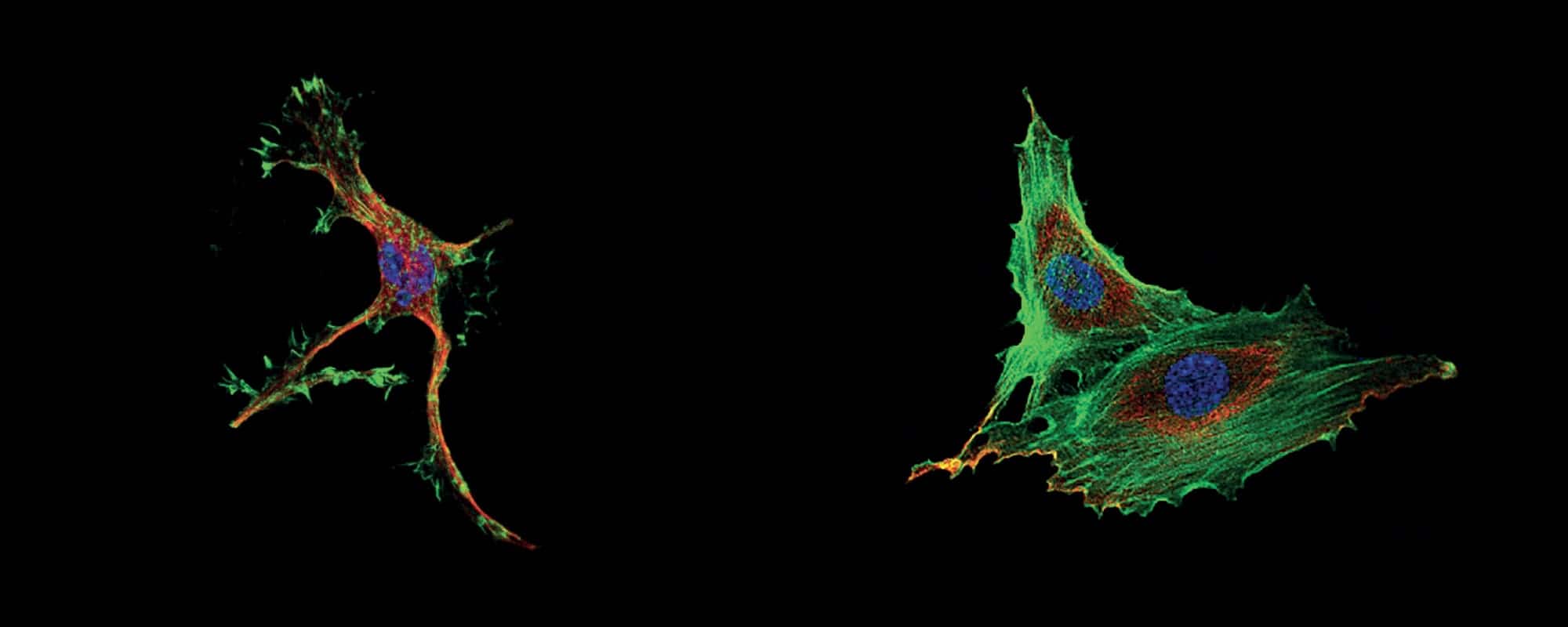

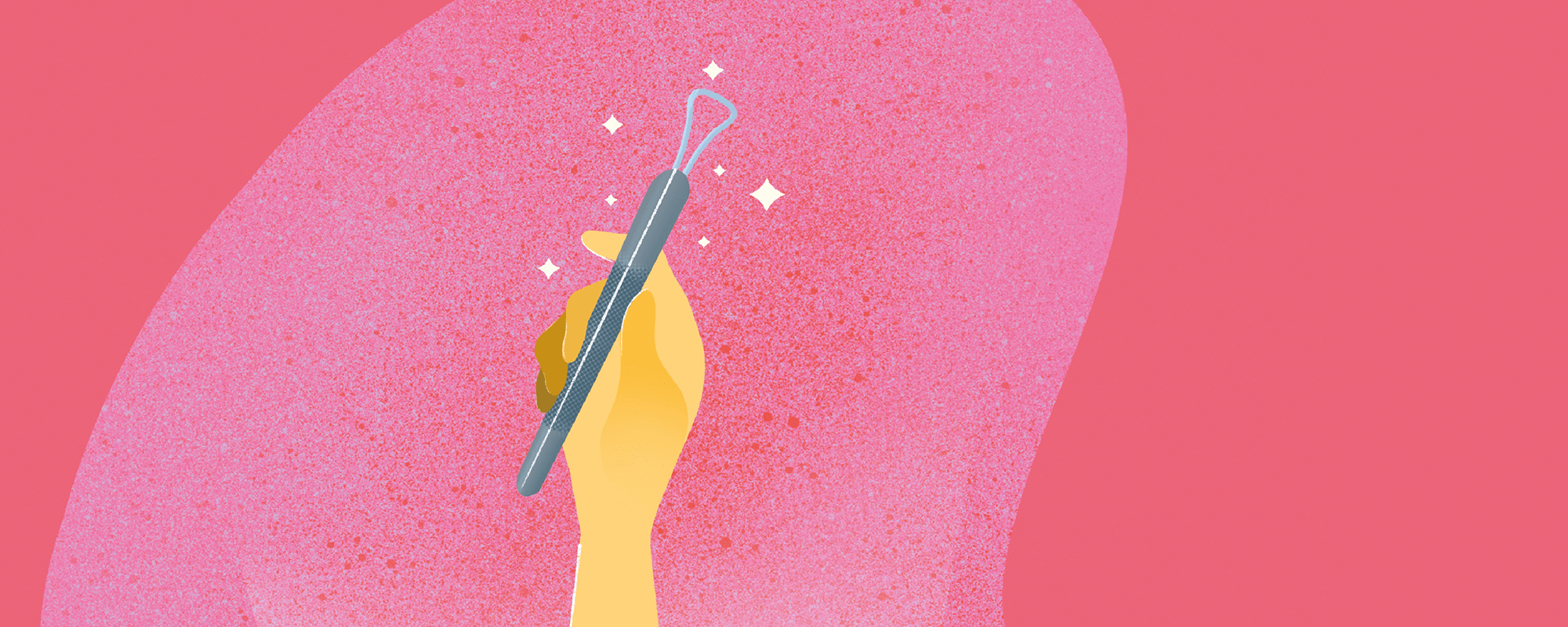

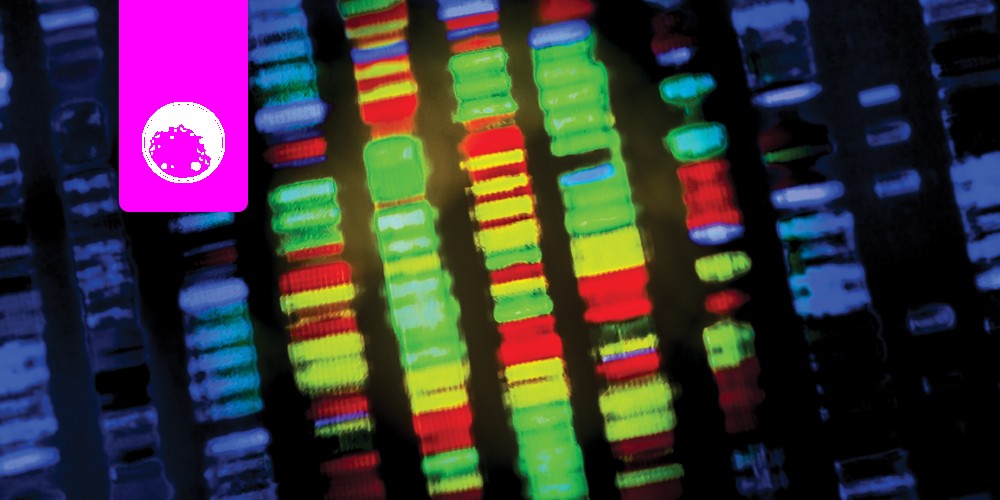

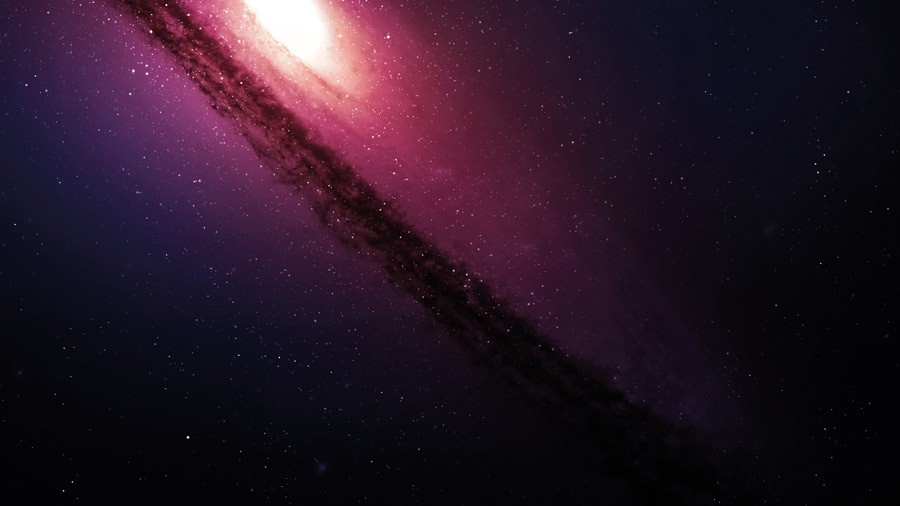
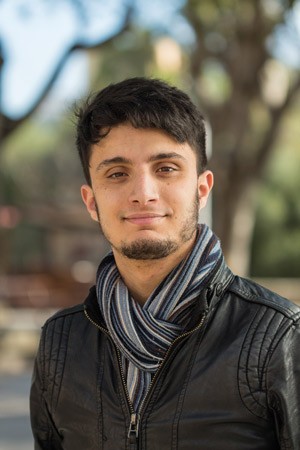 By Josef Borg
By Josef Borg